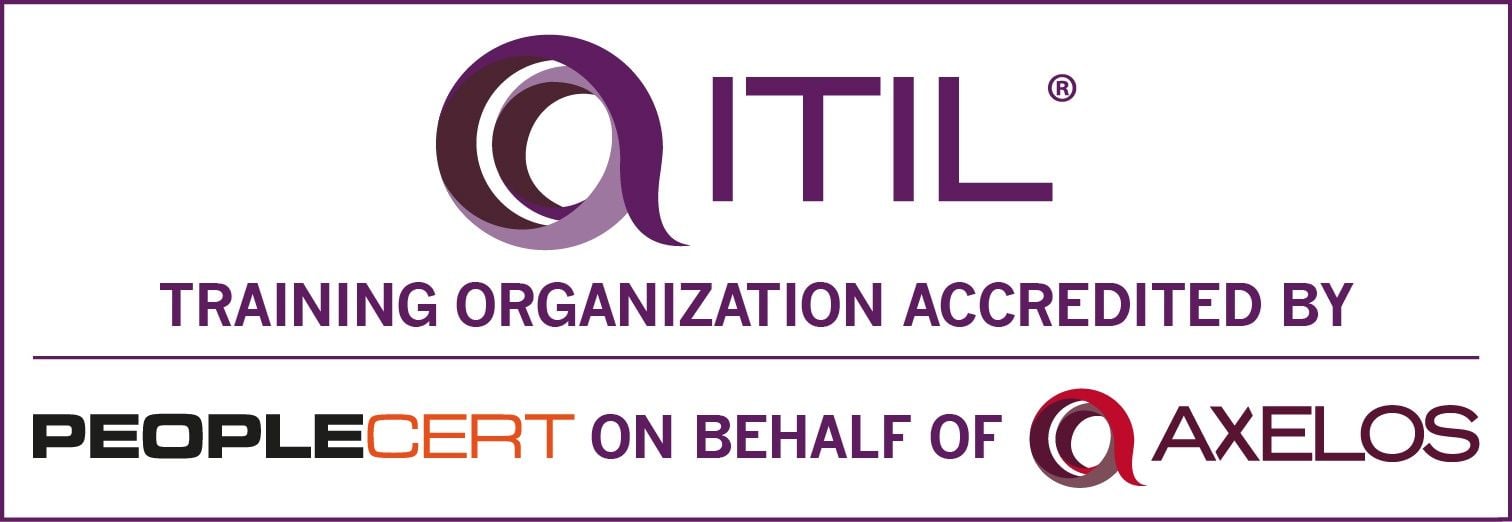Experience Management is Vital Now
Now that customer experience is the differentiator in the IT service business landscape, it’s time to make sure we are paying attention to the micro-moments of the customer journey.
In their February publication, CRM Magazine points out some interesting findings from the recent IDG Research Services survey:
IT infrastructure optimization is expected to have the biggest impact on innovation and revenue creation.
89 percent of respondents report that existing infrastructure, operations, and culture are constraining innovation and strategic business growth, with 49 percent indicating these factors are limiting their ability to drive the business forward to a great extent, and 40 percent say these factors limit their ability to drive the business forward to some extent.
It appears that optimizing the infrastructure holds some real promise.
For example, let’s consider the Help Desk. I find that there are probably few companies that have a winning user experience strategy in place for their Help Desk. Frankly, I often wonder how often the processes used for support have been thought through from the user’s perspective. It is not difficult to do this, but my experience has shown that once the processes are in place, we tend not to spend a lot of time, if any, going back to see if they are still effective in supporting needs. In most cases, we do not need a complex solution; we just need to be paying closer attention to what is causing frustration and what is the fix.
When Bruce Temkin discusses experience management, he talks about signal sensing. He makes the case that times of change like now require a significant shift from a focus on trending to an obsession with sensing. He further suggests that instead of tracking existing metrics and doing longitudinal analysis, we need to intensely examine what is happening right now, and look for emerging signals in what users are thinking and feeling.
Too often I have found that delivering that sought-after successful user experience is more challenging to most companies than they realize. The challenge lies in delivering an integrated experience, one based on what the user is thinking. Too often, assumption takes the place of actually listening to the user. To further complicate the situation, we have not paid close enough attention to the micro-experiences which have a significant impact on the overall experience.
Both Gartner and Forrester point out that customer experience is becoming the key business differentiator. In fact, a while back, Michael Porter stressed that the competitive differentiator will be your service delivery. Is it any different with your internal user regarding expectations and outcomes?
To help, let me suggest some questions you should be asking yourself. Keep in mind that in our disruptive times, the challenge is to move the game to the next level by taking an approach that links strategy, vision, measurements, technology, organization, and engagement. You can no longer be good; you have to be better and then best, and any lesser than this no longer suffices.
To move from delivering a good experience to a great experience requires that you set aside past practices and consider some changes:
- Have your processes and micro-moments been journey-mapped, and the barriers to successful performance removed? When was the last time you reviewed these?
- Is your internal technology easy to use, and does it provide the right information to the right people when they need it?
- Is there organizational alignment?
- Do you perform consistently across all channels? Have you solved the rules of channel engagement?
- Are the silos you confront melting away?
- Are your user processes aligned to feedback which gathers insight for you to “sense” and move forward? Do you act quickly?
- Is your organization robust with passionate employees who are engaged?
- Have you made sure your team clearly understands the direction they need to be going in and what values will be guiding them?
Depending on how you answer these questions will give you the insight on whether your support effort is built on a house of cards or built to execute and show off a team capable of delivering the outcomes needed.

)
)
)
)
)
)
)
)
)
